#Roman god Mercury
Explore tagged Tumblr posts
Photo


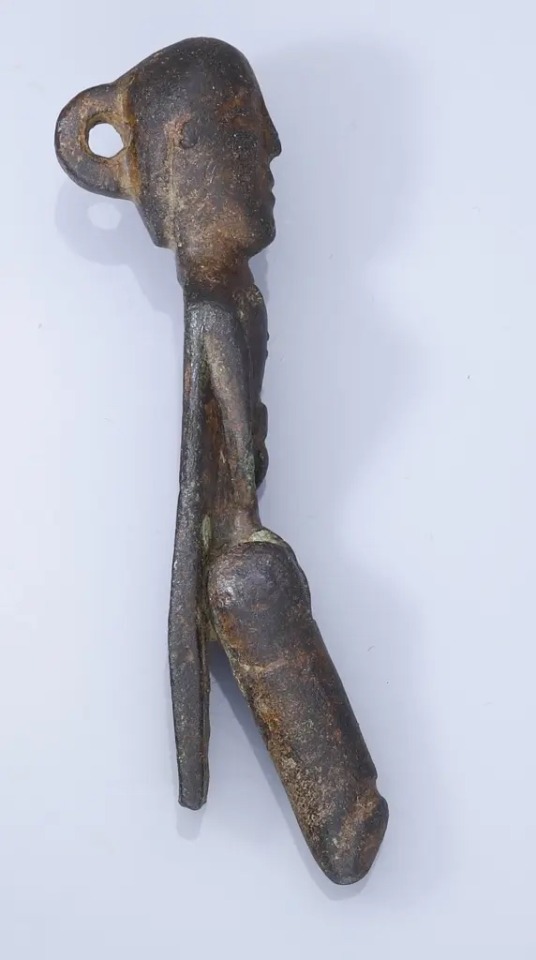
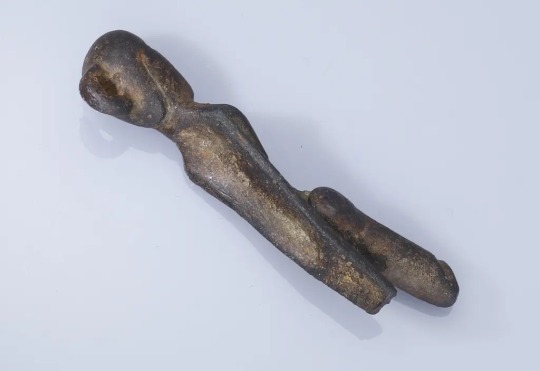
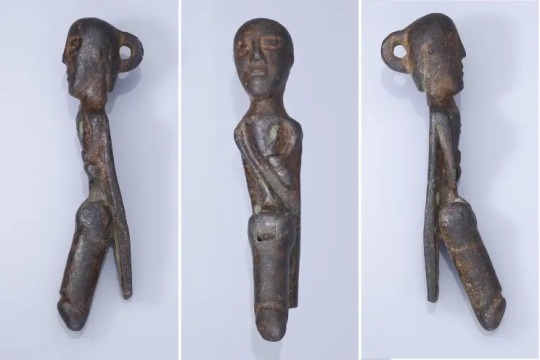
A 2,000-Year-Old Bronze Nude Celtic Figure Discovers in England
A 2,000-year-old penis statue is going up for auction.
Metal detectorists were in for quite a shock last year when they discovered a small Celtic figurine that appeared to show the Roman god Mercury holding a giant hinged penis in his right hand.
The bronze nude statuette is from the first century and is set to be auctioned off by Noonans in London on March 8 and 9.
The tiny figurine measures 2 inches high by .5 inch wide and could fetch up to $1,440.
Detectorists Paul Shepheard and his wife, Joanne, were working on a project in Haconby, Lincolnshire, when they were told that there was something else buried in a field.
They dug 10 inches into the ground and unveiled the metal man and his member — which they initially thought was a split pin, a tool used to fasten bolts.
“What I love about metal-detecting is that absolute surprise of what you find, and this certainly came out of the blue!” Shepheard, who has been a detectorist for 25 years, said in a statement.
Nigel Mills, a coin consultant at Noonans, explained how the male figure has a “hinged oversized phallus” and detailed the meaning behind it.
“[It] would have had symbolic powers of good luck and warding off evil spirits and may have served as a locking mechanism as a buckle to hold a belt and scabbard for a sword,” Mills said.
Mercury — whose Greek god counterpart is the immortal Hermes — is the god of money, trickery, communication, luck, thieves and travelers.
He went on: “There is nothing quite like it, I am hoping it will attract a lot of attention.”
Shepheard also gave some insight into the phallic statue, saying it was designed by the Celts as a fertility effigy to praise the Roman deity.
He then revealed that he hopes to use the money he receives from the auction to pay for a fun vacation for himself, his wife and his mother.
Archaeologists recently found another penis-like artifact from thousands of years ago.
UK collectors located a 2,000-year-old “sewing tool” that could potentially be known to be an early Roman dildo.
The phallus discovery was documented in the journal Antiquity, where Newcastle University researcher Dr. Rob Collins explained more about the object.
“I have to confess, part of me thinks it’s kind of self-evident that it is a penis,” he wrote in the paper, the Guardian reported. “We know ancient Romans and Greeks used sexual implements. This object from Vindolanda could be an example of one.”
The item was first brought to light in 1992 when an excavation at the Roman fort of Vindolanda in Northumberland occurred.
At first, archaeologists believed that the 6-inch-long item was used for sewing. However, 30 years later, they realized it was probably actually a dildo used for sexual pleasure.
#A 2000-Year-Old Bronze Nude Celtic Figure Discovers in England#roman god mercury#metal detector#metal detecting finds#ancient artifacts#archeology#archeolgst#history#history news#ancient history#ancient culture#ancient civilizations#ancient bronze#ancient art
44 notes
·
View notes
Text

#hermes worship#hermes#mercury#hermes god#ancient greek god#greek god#coin#greek myth#greek myth art#ancient greek mythology#greek mythology#ancient greek coin#roman coin#medieval coin
2K notes
·
View notes
Text


Apollo // Mercury
Giovanni Battista Tiepolo
#apollo#hermes#mercury#greek gods#greek mythology#roman gods#hellenic polytheism#giovanni battista tiepolo
279 notes
·
View notes
Text
heyybesties. so ive been looking into ancient greek lore recently (mostly for hermes) and. the transition from chiton wearing bearded messenger hermes to athletic, chlamys wearing twink hermes is extremely funny to me i had no idea he used to look like that.

anyway hermes looked especially cunty in that second image i wanted to redraw him with my own design but his chlamys is covering his hips too much you cant really tell :(

#hermes#greek mythology#greek gods#greek myth#hermes deity#hermes art#hellenic polytheism#ancient greece#mercury#his wings are based off rooster wings btw#bc they're one of his symbols#also the colours are based on the planet mercury#i.e. his roman counterpart#zeus#hes here too ig
306 notes
·
View notes
Text
no thoughts head empty, only him ❣️💖🪽(from today and yesterday's museum trips)
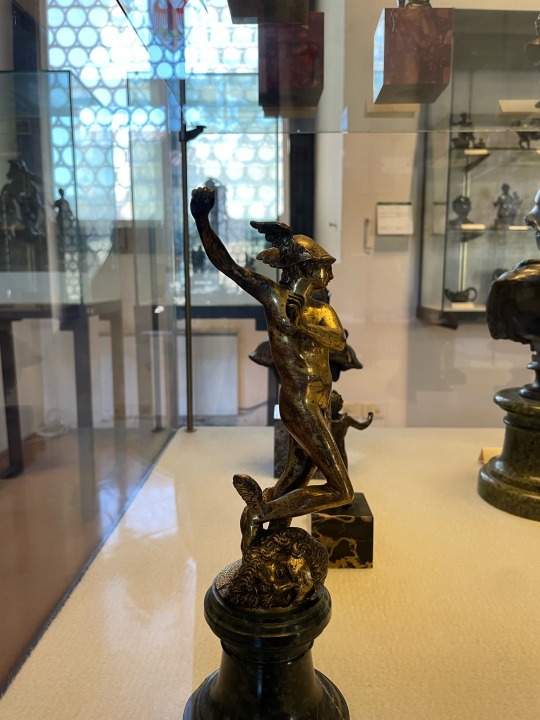

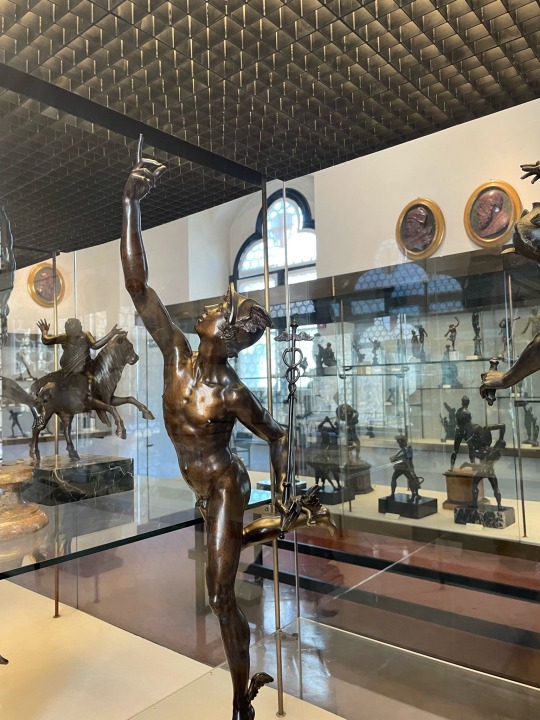

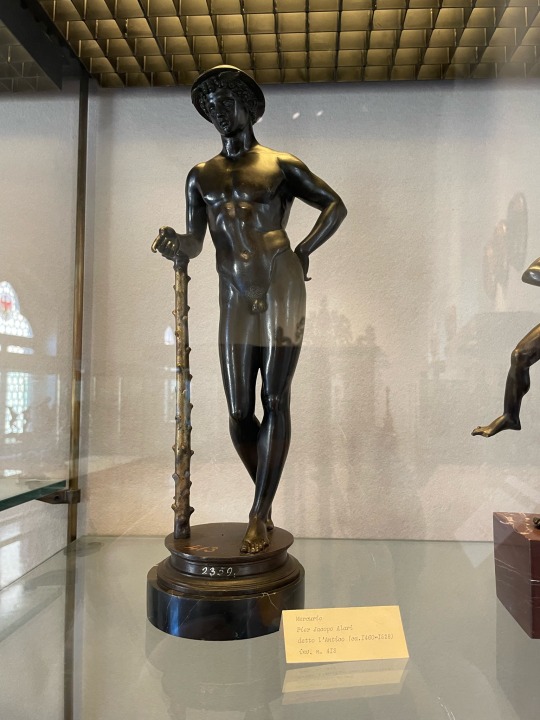
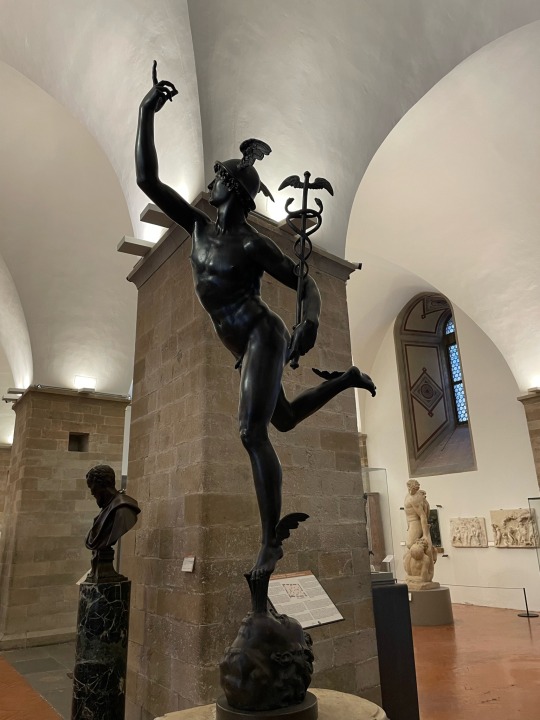

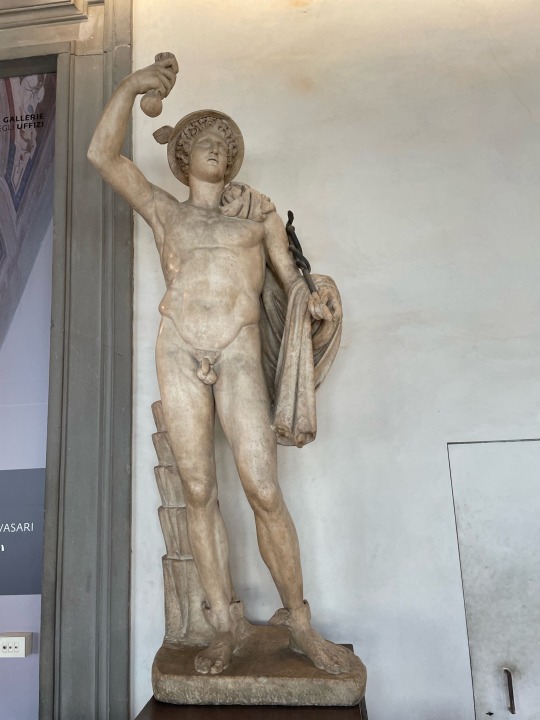


this post is a special gift for @travelingthief :3
#hades's museum trips#greek mythology#greek gods#hermes#roman gods#roman mythology#mercury#mercury god#hermes god#hermes deity#classical mythology#classical art#i love him sm
450 notes
·
View notes
Text

hermes 🪽🩷
#hermes#mercury#ancient greece#hermes god#greek gods#ancient greek#greek mythology#greek myth art#mercury god#roman mythology
98 notes
·
View notes
Text
Mercurius⚕️

"You return faithful hearts to their happy homes, and with golden Caduceus check capricious uproar, and are dear to the highest and lowest of the gods"
[Horace, Odes, 1.10].
#Mercury#mercurius#Mercury god#Mercurius god#rompol#religio romana#roman gods#roman pagan#roman paganism#cultus deorum#e offering#paganblr#ancient roman religion#pagan#paganism#polytheism#polytheist#hermes
47 notes
·
View notes
Text
I LOVE the mythological trope of trickster gods turning into Death gods, but even though Hermes has so much going on within his domains, he is, at the heart, meant to be a trickster god. And I love the fact that he doesn’t really trick mortals, just the other gods. He’s a deal maker, but he’s a deal maker with mortals in the way of “I’ll give this boon to you if you do something for me, nothing too crazy or that will harm you, you’re definitely benefiting more in this exchange; I’m just doing this to fuck with some other god lol”
Analyses of the Odyssey make Hermes giving Odysseus the plant to thwart Circe a symbol of Hermes being the “messenger” of knowledge [which- also there is a really interesting connection between trickster-psychopomp gods and esoteric knowledge], but really… we all know Hermes is only doing this to fuck with Circe bc they’re exes
#I may be wrong and I just can’t think of a story we’re Hermes tricks mortals#Dionysus also has big trikster energy#and death connotations#00#fun fact: did you know the Romans equated Odin with Mercury rather than Jupiter#bc of his trickster and psychopomp traits#wild#your trickster god also being the head of the pantheon is unhinged energy#the odyssey#epic the musical
51 notes
·
View notes
Text
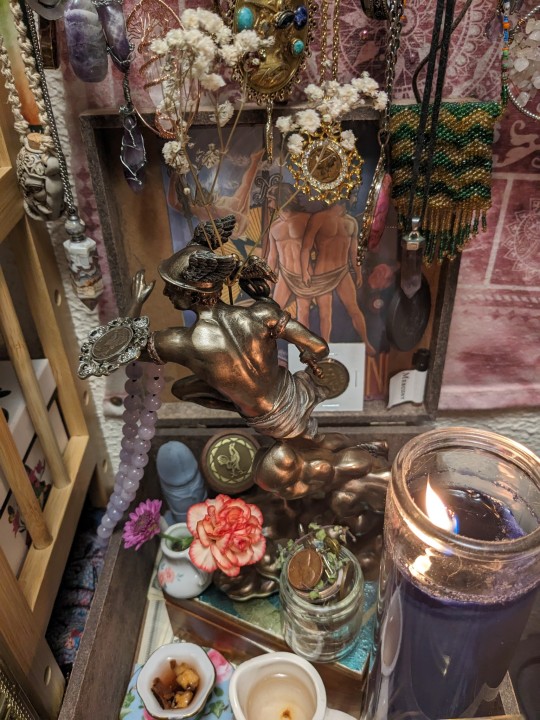
#mercury#hermes#altar#the swift one#travel deity#patron of thieves#patron deity#greco roman#greek god#roman god#spiritual#divine
27 notes
·
View notes
Photo




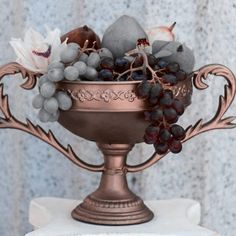
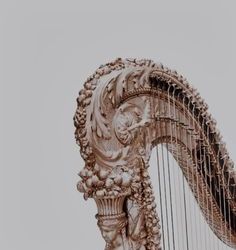

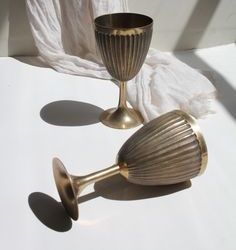

𝐓𝐡𝐞 𝐕𝐚𝐫𝐢𝐚𝐧𝐭𝐬 𝐚𝐧𝐝 𝐂𝐡𝐢𝐥𝐝𝐫𝐞𝐧 𝐨𝐟 𝐭𝐡𝐞 𝐆𝐨𝐝𝐬 𝐚𝐧𝐝 𝐆𝐨𝐝𝐝𝐞𝐬𝐬𝐞𝐬
𝑍𝑒𝑢𝑠/𝐽𝑢𝑝𝑖𝑡𝑒𝑟 Female | Male
𝐻𝑒𝑟𝑎/𝐽𝑢𝑛𝑜 Female | Male
𝐴𝑝ℎ𝑟𝑜𝑑𝑖𝑡𝑒/𝑉𝑒𝑛𝑢𝑠 Female | Male
𝐻𝑎𝑑𝑒𝑠/𝑃𝑙𝑢𝑡𝑜 Female | Male
𝑯𝒆𝒔𝒕𝒊𝒂/𝑽𝒆𝒔𝒕𝒂 Female | Male
𝐷𝑒𝑚𝑒𝑡𝑒𝑟/𝐶𝑒𝑟𝑒𝑠 Female | Male
𝑯𝒆𝒄𝒂𝒕𝒆 (although commonly misinterpreted as Trivia as a Roman counterpart) Female | Male
𝑃𝑜𝑠𝑒𝑖𝑑𝑜𝑛/𝑁𝑒𝑝𝑡𝑢𝑛𝑒 Female | Male
𝐴𝑡ℎ𝑒𝑛𝑎/𝑀𝑖𝑛𝑒𝑟𝑣𝑎 Female | Male
𝐴𝑟𝑒𝑠/𝑀𝑎𝑟𝑠 Female | Male
𝐴𝑟𝑡𝑒𝑚𝑖𝑠/𝐷𝑖𝑎𝑛𝑎 Female
𝐴𝑝𝑜𝑙𝑙𝑜 Female | Male
𝐻𝑒𝑝ℎ𝑎𝑖𝑠𝑡𝑜𝑠/𝑉𝑢𝑙𝑐𝑎𝑛 Female | Male
𝐻𝑒𝑟𝑚𝑒𝑠/𝑀𝑒𝑟𝑐𝑢𝑟𝑦 Female | Male
𝐷𝑖𝑜𝑛𝑦𝑠𝑜𝑠/𝐵𝑎𝑐𝑐ℎ𝑢𝑠 Female | Male
𝑃𝑒𝑟𝑠𝑒𝑝ℎ𝑜𝑛𝑒/𝑃𝑟𝑜𝑠𝑒𝑟𝑝𝑖𝑛𝑒 Female | Male
#variant meme#variants meme#multiverse#greek god parent#greek goddess parent#greek gods and goddess moodboard#roman gods#roman goddesses#persephone#proserpine#dionysus#dionysos#bacchus#hermes#mercury#hephaistos#hephaestus#vulcan#apollo#artemis#diana#ares#mars#athena#minerva#poseidon#neptune#demeter#ceres#zeus
282 notes
·
View notes
Text


The Reims Stela (Autel de Reims) is one of the more impressive and complete survivals of Cernunnos iconography.
Because the weathered stone is so dull, I've always wanted to see it restored to its former polychromy glory — so I experimented with some digital colorization!
#reims#cernunnos#polychromy#polytheism#paganism#gaulish#horned god#mercury#apollo#aedicula#pagan altar#gaulish polytheism#roman polytheism
38 notes
·
View notes
Text

A Rare Roman Figurine of Mercury Found in England
A rare Roman figurine has been found during the excavation of a medieval site in Kent.
Archaeologists made the discovery at Smallhythe Place, a site cared for by the National Trust.
Finds from a Roman settlement in use between the 1st and 3rd centuries included the head of a figurine of the god Mercury, made from pipeclay, which experts believe to be “incredibly rare”.
The site has been the subject of investigations for several years by archaeologists undertaking research on the shipyard by the river Rother which was one of the most significant Royal shipbuilding centres of medieval England.
The National Trust says religion was a central part of daily life in most Roman provinces, and statues and portable figurines of gods were worshipped by both the Roman elite and ordinary citizens in their homes.
Mercury was the god of all the fine arts as well as commerce and financial success but pipeclay examples are extremely rare, with less than ten so far found from Roman Britain.
Most pipeclay figurines found in Britain are of female deities, the majority being of Venus.
Nathalie Cohen, National Trust archaeologist, said: “Our excavations at Smallhythe revealed previously undiscovered Roman activity, dating from the 1st-3rd centuries AD, where we found tiles stamped with the mark of the Roman fleet (the Classis Britannica), ceramics including an intact pot, and evidence for buildings, boundary features and pits – which provide tantalising clues to the nature of this riverside community.

“But to come across a head of a figurine of Mercury, in pipeclay, is incredibly rare. Just 5cm tall, the head is clearly visible as Mercury, with his winged headdress. We sadly did not find the remaining part of the figurine.”
The National Trust says the complete figurine probably would have depicted Mercury standing, either draped with a short cloak, or naked, holding a staff with two intertwined snakes.
Dr Matthew Fittock, an expert on ceramic figurines in Roman Britain, said: “Pipeclay figurines were mainly used by civilians for private religious practice in domestic shrines and occasionally in temples and the graves of often sick children.
“Rather than pieces being discarded because they were broken, there is evidence to suggest that deliberately breaking some figurine heads was an important ritual practice, whereas whole figurines are usually found in graves.
"Finds like this at Smallhythe provide an extremely valuable insight into the religious beliefs and practices of the culturally mixed populations of the Roman provinces.”
The Mercury head along with other finds from the excavation will go on show at Smallhythe Place.

#A Rare Roman Figurine of Mercury Found in England#Smallhythe Place#the god Mercury#ancient artifacts#archeology#archeolgst#history#history news#ancient history#ancient culture#ancient civilizations#roman history#roman empire#roman art
40 notes
·
View notes
Text


Medallion with Apollo and Mercury
The Roman medallions (27 B.C-476 A.D) made of silver and gold depict the gods with their sacred symbols.
146 notes
·
View notes
Text
The gods of Gaul: Rosmerta
After a god of abundance, a goddess of abundance !
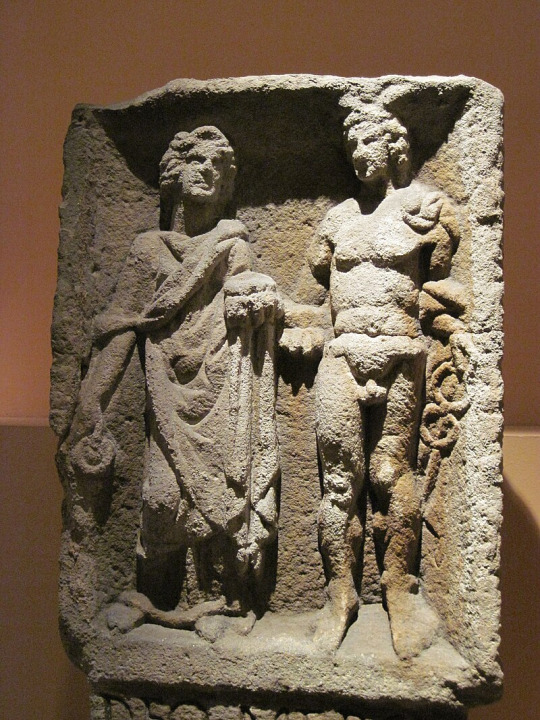
Rosmerta is a purely Gallo-Roman goddess. Not that she did not start out as a Gallic goddess, mind you! For sure she was originally a goddess of Gaul – her very name is Gallic in origin. But, the fact is that all we know about her, be it her role, her functions, her attributes, come from her incarnation as a Gallo-Roman goddess, part of the syncretized pantheon of Roman and Gallic gods. As such, we can only conjecture and guess who she was before the Romans arrived, based on the way the Romans handled and incorporated her.
One thing that is certain of is that Rosmerta always was a goddess of abundance. As I said, her name is Gallic, and commonly identified as being formed of three parts, “Ro”, “Smert” and “A”. The -a suffix merely denotes a female name. The prefix “Ro-“ is for amplification (like “very” ; a “robili” is someone who is very kind ; a “rocabalus” is a great horse). As for “smert”, it is found in many Gallic names and means either “who takes care of” or “who offers”. As such, Rosmerta could be translated as “The Great Giver”, “The Very Generous”, “She who takes care of very well”, “The Great Gifter”… In Gallo-Roman iconography, Rosmerta is often depicted holding a cornucopia, highlighting her role as a goddess of abundance and maybe fecundity (sometimes it is even stressed further by her holding the cornucopia in one hand, a basket of fruits on the other).

In the Gallo-Roman religion, Rosmerta is the eternal companion, the paredra, the female equivalent of the god Mercury. On all the visual depictions we have of Rosmerta, very few depict her alone – she is usually always with Mercury by her side. This makes sense when you recall who Mercury was in Roman religion. Too many people consider that the Roman gods are just the Greek ones with a new name printed on them. Mercury might have been the equivalent of the Greek Hermes, but in terms of functions and symbolism he differed from him in many ways. Most notably, while the Greek Hermes was mainly a god of talent, cunning, cleverness and intelligence (which manifested in his various attributes as god of messengers and eloquence, science and athletics, merchants and thieves), the Romans focused much more on the idea of a god of travel and commerce: as such, Mercury is the god of merchants, markets, business travels and lucrative journeys first and foremost. He was an economic god, a money-deity, who embodied prosperity and riches in a material and financial form. As such, it makes sense for him, in the Gallo-Roman syncretism, to be paired with a goddess who herself seems to have embodied abundance and fertility.
Interestingly, we can see how Rosmerta got more and more “fused” with Mercury over time. For example, in many depictions of the duo, Rosmerta is not holding her usual cornucopia, but a pouch full of coins or a bag of money – which was THE defining attribute of Mercury. The “Mercurification” of Rosmerta reached its paroxysm in a bronze depiction from Annecy, where the goddess appears alone… But with Mercury’s wings on both sides of her head, while holding a purse of coins. The transformation is complete: Rosmerta became simply the female version of Mercury, and lost her own identity. We have a lot of votive offerings and various prayer-inscriptions for Rosmerta, but they do not give us much information about her, and always made her one half of a duo with Mercury.

There is also this four-sided pillar which depicts Rosmerta holding Mercury's caduceus. You will notice with these pictures the very Roman aspect Rosmerta sports - with the Roman dress and veil and diadem.
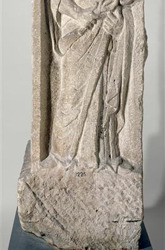
If you are curious, the other sides of this pillar found behind Paris' Sainte-Chapelle in 1748, depict Mercury, Apollo and a "winged Genie".


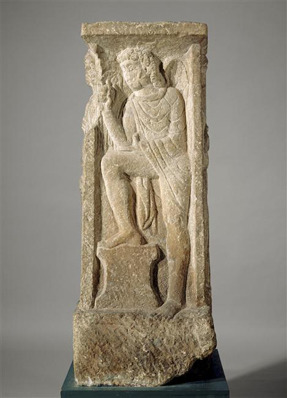
Interestingly, the lack of romantic or sensual scenes between Mercury and Rosmerta have led many to theorize their couple was not a romantic or marital one. Many believe that Rosmerta was probably identified with Mercury's mother, Maia, who had her own cult by Roman times. For example, there is the fact we have votive inscriptions acting in parallels - some invoking "Mercury and Maia" together, others invoking "Mercury and Rosmerta", but the two goddesses never appearing side by side in the same inscription. Their cult-areas also carefully avoided any overlap geographically speaking (here is a map below from the Belgian website deomercurio) - and when you consider that Maia was a goddess of the season of spring associated with the rebirth/birth of nature ; that she was often seen holding a caduceus ; and that she had been before associated with various mother-goddesses of fertility (Ops, Fauna, Bona Dea)... In fact, the Mercurified statue of Rosmerta with wings on her head has been debated: because while many consider it is a Rosmerta statue, some rather see it as a Maia statue... The confusion is clear.

Some theorized Rosmerta might have been a goddess of the fertile earth and the natural abundance (hence the cornucopia, the basket of fruits), which would have made the “natural” reflection of Mercury’s man-made, artificial riches (coins, commerce, merchants and markets) – after all, Gaul was one of the food-providers of the Roman Empire, and where the Romans got a lot of their cereals and grapes. To have a goddess of fruits coupled with a god of commerce would have been the perfect representation of the Roman conquest of Gaul… Some even push the idea further by saying maybe Rosmerta was an equivalent of Proserpina, or a female Pluto, as a goddess of the riches of underworld – but I found no conclusive evidence or solid theory for this, so I’ll mention it, but I give this no credit. Let us stick simply to how she is an abundance and fertility goddess, more likely a Maia equivalent.
There are other theories linking her to other Roman deities. For example some consider in Rosmerta a Gallic equivalent of the Roman goddess Felicitas, due to a Roman inscription listing all the important gods of Gaul having Felicitas following immediately the name of Mercury, as if closely associated with him, despite Felicitas not being typically seen as Mercury-adjacent in Roman religion. Another theory mentions how the Roman goddess Abundantia, the personification of abundance, had a strong worship in some parts of Gaul (for example by the Eduens), and was depicted in a similar way to Rosmerta as a goddess with a cornucopia and a patera in her hands. However the theory falls quite short, because on one side Abundantia was always depicted alone, without a male companion like Mercury, and on the other, almost all of the goddesses of Gaul were depicted with a patera (or in a lesser way a cornucopia) in their hands. The patera notably was one of the recurring, typical attributes of the Gallic goddesses ; and given many of them had something to do with abundance or fertility, the cornucopia went from hand to hand... But there is no denying that Rosmerta definitively echoed the Roman Abundantia, and that in turn Abundantia found her place in Gaul, filling a shared religious archetype of a goddes of abundance, a spirit of prosperity. Maia, Abundantia, Rosmerta - they all formed a web around a central core partially missing today, and testify to Gaul's strong attachment to the idea of a fertility goddess, of a personification of a nature filled with riches.
Another interesting clue when it comes to Rosmerta is how, in an engraving found in Reims, she has by her side not Mercury, but rather Toutatis/Teutatès... Is it a clue that maybe Toutatis was her original companion before Mercury arrived? There is also a fascinating Gallo-Roman depiction, a stone statue currently at the Saint-Germain-en-Laye museum, of Mercury with an unnamed goddess by his side:
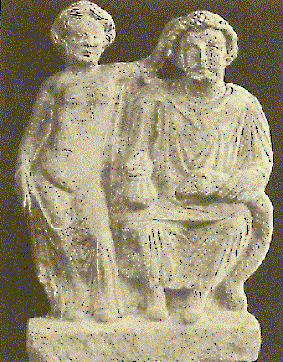
This statue is very, very important for several reasons. One: the goddess by Mercury's side is left unnamed, but if she is Rosmerta, then this statue might indicate not a mother-son relationship (as the Maia theory allowed to think) but a sexual one. Indeed, it would be one of the rare Rosmerta depictions with an accent on her body and a form of nudity - coupled with the suggestive gesture of touching Mercury's head. Two: Despite us knowing this was meant to be a Mercury, this Mercury is very unusual. He is not a youthful ephebe, but a mature, bearded man. No wings, no caduceus - only the pouch of coins typical of his charge... and a snake laying on his lap. Not just any snake: a ram-headed snake. If you read my previous post about the gods of Gaul you know what this means... This "Mercury" clearly sports the symbolism of Cernunnos. The bag of grains/food coins turned into a little purse, the antlers removed, but the beard and the ram-headed snake are still here, and the goddess still holds the god's head.
It had already been established that Mercury's popularity in Gaul was part due to replacing some aspects of Cernunnos - but if this goddess is Rosmerta (and indeed, some Cernunnos depictions did have a cornucopia-holding goddess near the god, usually identified as an unnamed mother-goddess), does this imply Rosmerta was initially a companion of Cernunnos?
As usual we are left with more questions than answers, and vague relationships we ultimately can never confirm...
#the gods of gaul#goddess of gaul#gallic goddess#gallic gods#gallic mythology#rosmerta#roman mythology#maia#mercury#cernunnos
24 notes
·
View notes
Text
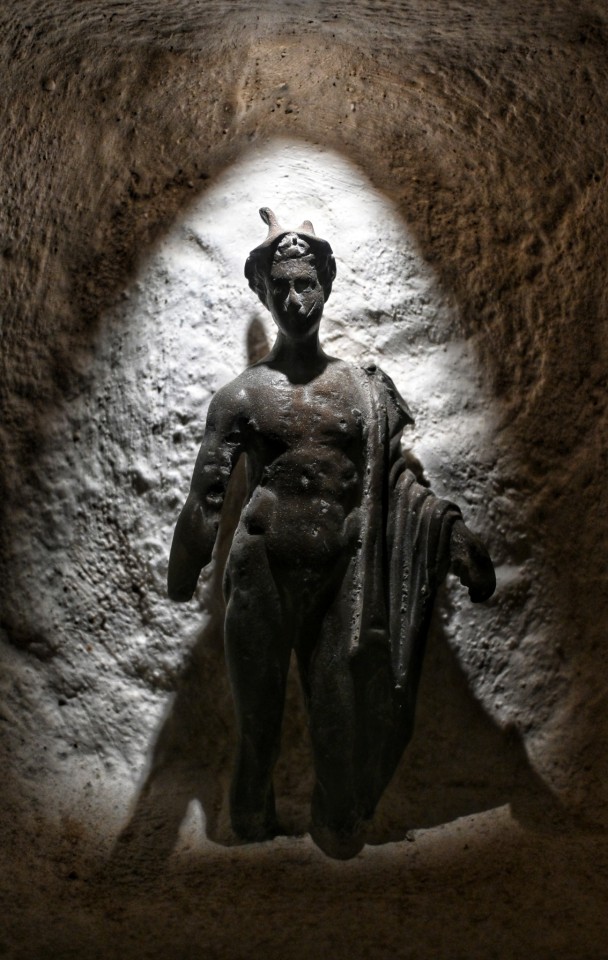
1st to 3rd Century CE Roman Figurine of Mercury, (Replica, Original found at Broughton Common), Hull and East Riding Museum, Yorkshire.
#roman#roman gods#roman style#romans#roman empire#roman britain#roman metalwork#roman belief#roman living#roman figures#roman design#archaeology#ancient culture#ancient craft#relic#artefact#statue#mercury#roman god
161 notes
·
View notes
Text

239 notes
·
View notes